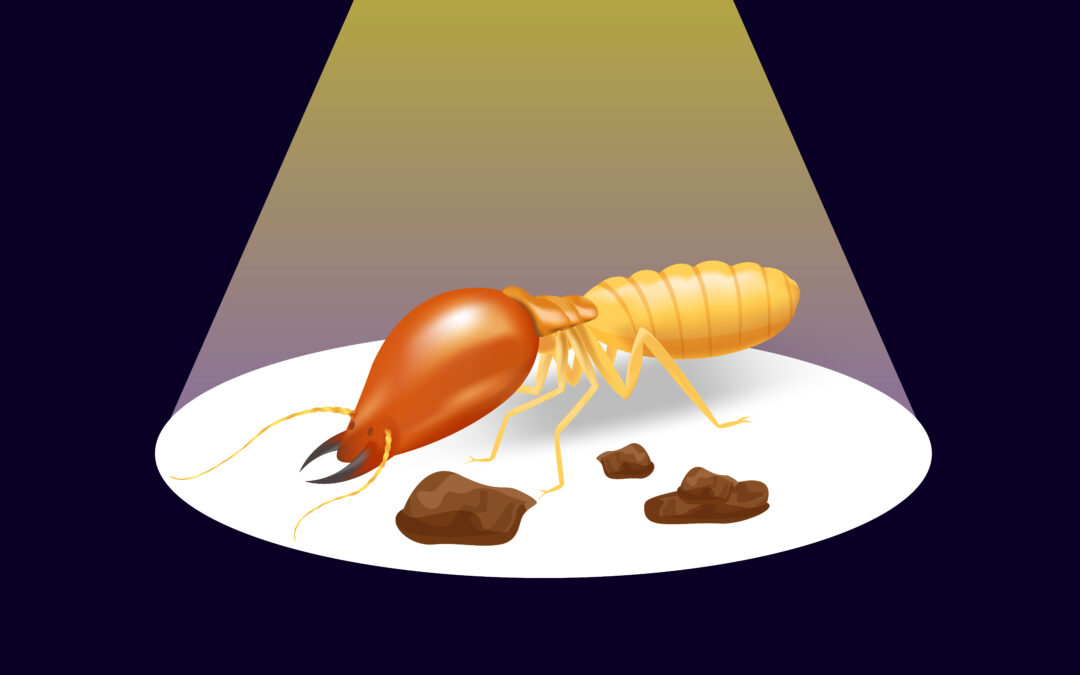The eastern subterranean termite (Reticulitermes flavipes) is the sole termite pest species in Massachusetts, and it’s also the most widely distributed termite species in the country. Eastern subterranean termites establish destructive infestations in homes located in most western states, all eastern states, and even much of southeastern Canada, which makes this species the most destructive termite pest in the country. The eastern subterranean termite is naturally prevalent in forested areas throughout the eastern half of North America where they provide an ecologically essential service by converting dead plant waste into soil nutrients.
All subterranean termite species live in colonies located beneath the ground where workers constantly excavate foraging tunnels in soil. Homes in Massachusetts that were built on land that had been cleared of dense trees are particularly vulnerable to termite attacks, and the advent of central heating during the 1920s likely contributed to increased termite infestation rates in the state. This is because central heating keeps the soil surrounding homes and buildings warm during the winter, allowing colonies to remain active pests all year round. Today, the US Department of Agriculture puts Massachusetts into the “region two” category of termite pest activity, which means that homes in the state are more vulnerable to termite attacks than homes in most other regions of the country. However, Massachusetts homes are not nearly as likely to sustain termite damage as homes in “region one,” which includes all southeastern Gulf Coast states where the subtropical climate provides ideal conditions for several species of termite pests.
Government efforts to educate the public about the risk of structural damage posed by wood-eating termite pests began in 1916 when the USDA published the informational handbook titled “Termites, or ‘White Ants’ in the United States: Their Damage, and Methods of Prevention.” This booklet was written for professional entomologists, but just three years later, the USDA released a second booklet meant for homeowners called “White Ants as Pests in the United States and Methods of Preventing Their Damage.” Some of the termite control methods discussed in early termite control manuals sound questionable today, especially sections that recommended pouring gallons of kerosene over areas of soil where subterranean termites are suspected of nesting. The USDA continues to publish termite control manuals for public consumption today, and every termite control method from preventative baiting systems and physical barriers to remedial treatments involving electrocution and microwave devices are discussed.
Have you ever taken the time to familiarize yourself with the termite pests found in your area and the nature of the damage they inflict to structural wood?

